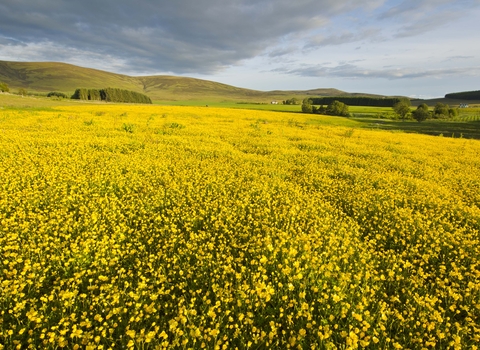
©Mark Hamblin/2020VISION
Creeping buttercup
Creeping buttercup is our most familiar buttercup - the buttery-yellow flowers are like little drops of sunshine peppering garden lawns, parks, woods and fields.
Enw gwyddonol
Ranunculus repensPryd i'w gweld
May to AugustGwybodaeth am rywogaethau
Categori
Ystadegau
Height: up to 50cmCommon.
